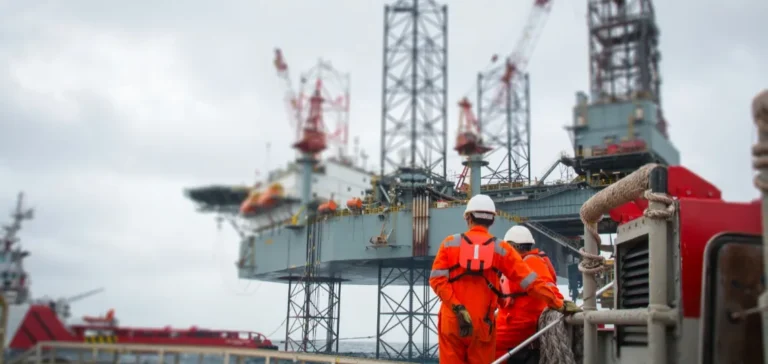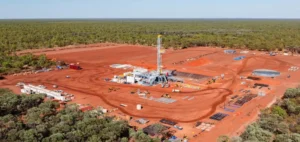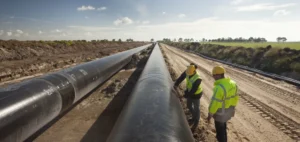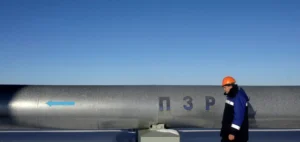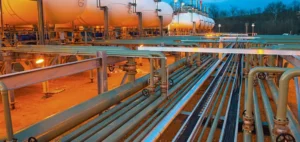Angola is redefining its energy strategy by relying on large-scale public investments in natural gas to counter the gradual decline of its oil production. The Angola LNG plant, located in Soyo, is central to this transition. However, recurring technical issues threaten the stability of this strategic facility.
Public projects feeding Soyo
The Angolan government has accelerated the development of new gas fields to ensure supply to the Soyo plant. The Sanha Lean Gas Connection (SLGC) project is already injecting around 80 million standard cubic feet of gas per day, with volumes expected to rise to 220 million. In parallel, the Quiluma & Maboqueiro project, the country’s first non-associated gas development, aims to deliver 4 billion cubic metres annually starting in 2026. It is operated by Azule Energy, a joint venture between Eni and BP.
These initiatives are part of the National Gas Master Plan, a strategic framework established by the state to structure public investments in gas exploration, production and processing. The Angola LNG plant, with a nameplate capacity of 5.2 million tonnes per year, is intended to convert this gas into export volumes. However, several cargoes were cancelled in 2023 due to unresolved technical issues. Actual utilisation rates are not disclosed, fuelling uncertainty over the facility’s reliability.
Gas as a lever for economic resilience
With crude oil output falling below 1 million barrels per day in July 2025, Angola must secure new revenue streams. Natural gas, backed by public financing, has become a national priority to sustain economic stability. Authorities are relying on ongoing projects to meet both domestic demand and export targets, amid a backdrop of declining oil revenues.
At the Angola Oil & Gas 2025 conference in Luanda, representatives of major companies such as TotalEnergies, ExxonMobil and Chevron reaffirmed their interest in the gas sector. However, technical delays and the lack of transparent performance data from the Soyo plant raise concerns about the country’s ability to effectively convert public investments into exportable flows.
High-risk technological dependence
The Soyo plant, the country’s only liquefaction facility, concentrates both expectations and vulnerabilities. Any failure or operational instability has a direct impact on export volumes. With no major industrial alternatives in place, the reliability of this facility will determine the success of the government’s national energy repositioning.


